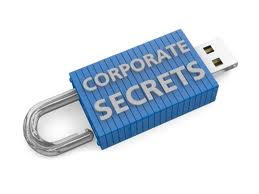Corporate Identity Theft. Stop Pretenses! Secure your Company from Corporate Identity Theft.
 |
| Corporate Identity Theft |
 |
| Corporate Identity Theft |
 |
Computer Identity Theft |
 |
Check Credit Report Identity Theft |
 |
Bank Identity Theft |
 |
Identity Theft Protection Information |
 |
Identity Theft Protection |